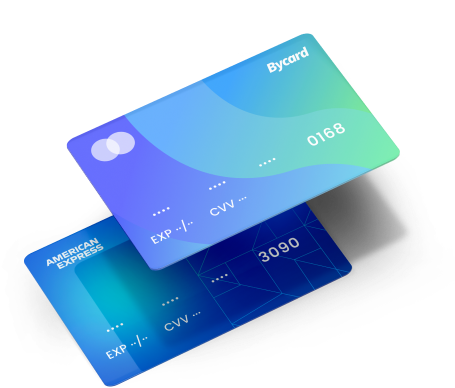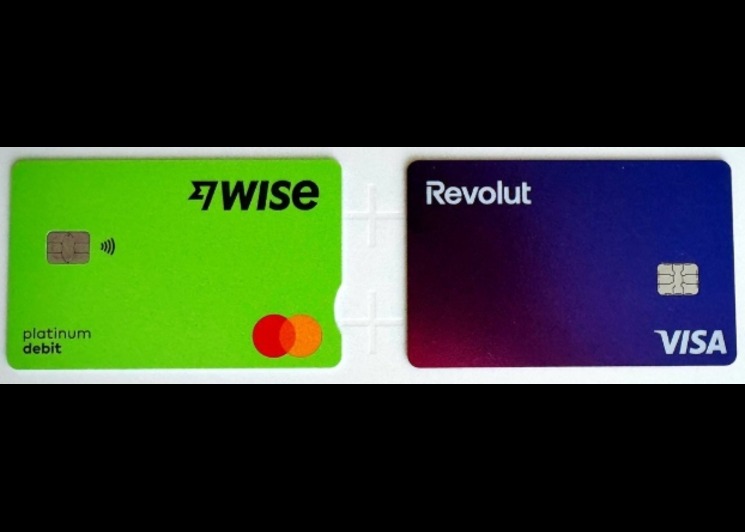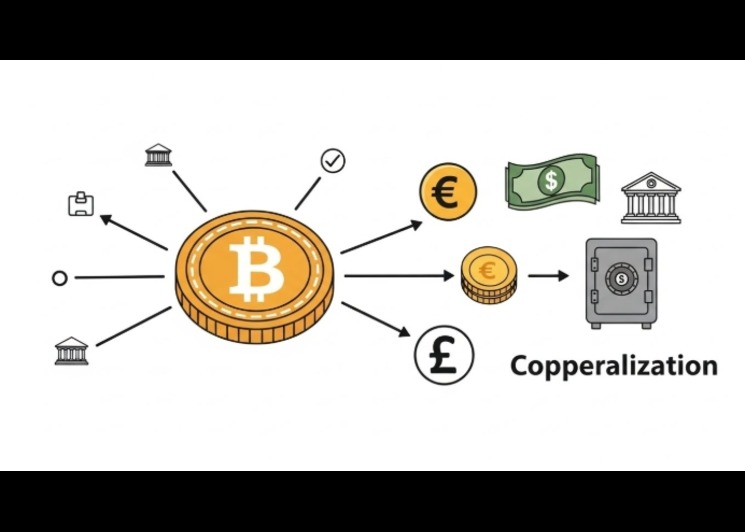Chargebacks: The Hidden Threat to Business Revenue

Running a business that accepts card payments can feel like navigating a minefield, especially when you see a notification about a chargeback. It’s not just an annoying reversal; it’s money, time and reputation on the line. So, what’s really going on when a chargeback happens? And where does chargebacks fraud fit into the picture?
Chargebacks don’t have to catch you off guard. With the right insight, and tools built to help you track, verify, and manage payments, you can stay ahead of disputes before they spiral. That’s where platforms like Bycard come in, helping businesses turn messy chargeback issues into clear, manageable processes. Whether it’s understanding what a chargeback actually is, spotting chargeback fraud early, or tightening your payment systems, knowing how to stay one step ahead can make all the difference.
- Chargebacks: The Hidden Threat to Business Revenue
- What is Chargeback?
- Why Chargebacks Matter
- How chargeback fraud works (and how to spot it)
- Data-driven controls that reduce chargebacks
- Practical workflow: measure, prevent, defend
- Why virtual cards and Bycard’s features matter for reducing chargebacks
- Applying Bycard to real chargeback frauds
- Immediate actions to reduce chargebacks and chargeback fraud
What is Chargeback?
What is chargeback is a process where the issuing bank reverses a card payment after a cardholder disputes a transaction. That reversal removes the funds from the merchant and places the merchant on the defensive. Merchants lose money from the sale, pay dispute fees, and often lose the product or service value too.
When you ask what is chargeback, remember there are two broad origins: legitimate disputes (item not received, misdescribed product) and disputes driven by chargeback fraud (friendly fraud or stolen card use). Knowing what is chargeback at this level helps you decide whether to accept, defend, or prevent a dispute.

Perfect Card for Secure Payments!

Why Chargebacks Matter
Chargebacks cost more than the transaction value. Beyond lost revenue, merchants absorb fees, administrative costs, and worse, risk relationships with payment processors. When you measure chargebacks, look at two numbers: the chargeback rate (chargebacks ÷ transactions) and the pattern of reason codes. If you don’t know what is chargeback in relation to your business metrics, you can’t protect margins or media budgets.
Chargeback activity also affects advertising and media buying: a merchant hit by many chargebacks can lose access to ad platforms or suffer account restrictions. That’s where product choices like virtual cards come in, more on that later.
How chargeback fraud works (and how to spot it)
Chargeback fraud takes a few forms:
- Friendly fraud: a customer receives goods or services and later disputes the charge (claiming they didn’t recognise it or didn’t receive the item). This is a type of chargeback fraud and is a growing share of disputes.
- Stolen card or card-not-present fraud: criminals use compromised card data and the real cardholder disputes the charge, technically chargeback fraud that stems from account compromise.
- Collusion or organised abuse: repeat, targeted disputes by bad actors designed to extract goods or services with no payment.
Signal-based detection helps: frequent disputes from the same customer, many small ticket disputes clustered together, or disputes shortly after fulfilment are all flags for chargeback fraud. If you track reason codes and customer behaviour, you’ll see patterns, that’s how you stop chargeback fraud before it drains margins.
Data-driven controls that reduce chargebacks
There’s no single cure, but layered controls work. Practical steps that reduce chargebacks and chargeback fraud:
- Clear billing descriptors: customers recognise charges and don’t flag “I don’t recognise this charge,” a common driver of chargebacks.
- Stronger authentication for card-not-present transactions: tools like 3-D Secure reduce unauthorised use and therefore reduce chargeback fraud.
- Accurate tracking and confirmation: proof of delivery trumps “product not received” disputes.
- Fast, visible refund flows: make it easier for customers to return and refund than to file a dispute, that reduces friendly disputes that slip into chargeback fraud territory.
- Use of virtual/one-time cards for media buying and subscriptions to limit exposure when card details become compromised.
These controls also make your representation (the process of fighting a chargeback) more likely to succeed because you’ll have evidence: delivery receipts, IP logs, authentication results, session logs, and clear customer communications.
Practical workflow: measure, prevent, defend

A simple, repeatable workflow that teams can adopt:
- Measure: calculate your chargeback rate and log reason codes by product line.
- Prevent: set rules (e.g., require stronger auth above a threshold, freeze shipping for suspicious combos).
- Detect: build simple flags (repeat disputers, mismatched addresses, high-risk geographies).
- Defend: create a representment pack template that includes proof of fulfilment, customer messages, and usage logs.
- Improve: review monthly and close the loop between refunds, fulfilment errors, and disputes.
If you want to know what is chargeback in your business specifically, start by measuring: that tells you which prevention tactics are most effective.
Why virtual cards and Bycard’s features matter for reducing chargebacks
Bycard offers a suite of features that link directly to reducing both accidental chargebacks and chargeback fraud:
- Virtual credit cards: Bycard issues instant virtual cards with control over spend limits, single-use or merchant-locked cards, and the ability to create cards per campaign. Using a separate virtual card for each ad account or subscription means if one card is compromised, exposure is limited, this directly reduces the surface area for chargeback fraud.
- Budget management and spending controls: set caps, pause cards, and avoid surprise billing. That reduces disputes that arise from unexpected charges (a common trigger of chargebacks).
- Receipt management and expense reports: automated receipts and consolidated reporting create a clear audit trail for representation. If you ever need to answer “what is chargeback” to a payment partner, you’ll have the documentation to show you handled the transaction correctly.
- Reconciliation tools: Bycard’s reconciliation features make it easier to match settlement events with sales and refunds. Clean books help you detect anomalies that might signal chargeback fraud.
- Media-buying solutions: Bycard markets dedicated VCC (virtual card) solutions for platforms like Google, Facebook, TikTok and more, that’s powerful when ad accounts get targeted or experience billing disputes. If every campaign uses a separate virtual card, it’s straightforward to isolate and investigate any chargebacks that appear.
- Top-up via crypto or wire and multi-currency support: for international teams, Bycard’s funding options reduce friction and make it easier to reconcile cross-border charges, again reducing confusion that can generate disputes.
Bycard’s product features address many of the practical causes of chargebacks and chargeback fraud by reducing exposure, improving traceability, and giving teams real-time control.
Applying Bycard to real chargeback frauds
- Scenario: media buyer sees a sudden spike in disputed charges for a campaign:
- Action: Block the campaign’s virtual card in Bycard, generate the transaction and receipt history for representation, and create a new replacement card while investigating. This isolates the problem and prevents cascade disputes.
- Action: Block the campaign’s virtual card in Bycard, generate the transaction and receipt history for representation, and create a new replacement card while investigating. This isolates the problem and prevents cascade disputes.
- Scenario: subscription billing confusion causes “I don’t recognise this charge” disputes:
- Action: Use Bycard’s clear descriptor and receipt features so every subscription charge shows the company name the customer recognises. That reduces the common reason for disputes.
- Action: Use Bycard’s clear descriptor and receipt features so every subscription charge shows the company name the customer recognises. That reduces the common reason for disputes.
Immediate actions to reduce chargebacks and chargeback fraud
- Start using virtual cards for media buys and subscriptions, isolate each function.
- Make billing descriptors consistent and obvious on statements.
- Automate receipt delivery and keep an easily searchable record for representation.
- Use strong auth for high-value CNP transactions to guard against chargeback fraud.
- Flag repeat disputers and require extra verification from them.
- Reconcile every settlement with Bycard reports to spot anomalies early.
- Train support to offer refunds quickly before a customer files a dispute.
Conclusion
Reducing chargebacks isn’t about luck, it’s about data, systems, and the right tools. Knowing what a chargeback is, recognizing chargeback fraud, and using transparent payment solutions like Bycard can help you keep revenue loss low and customer trust high. The fewer disputes you handle, the more space you have to focus on growth, and that’s what smart payment management is really about.







